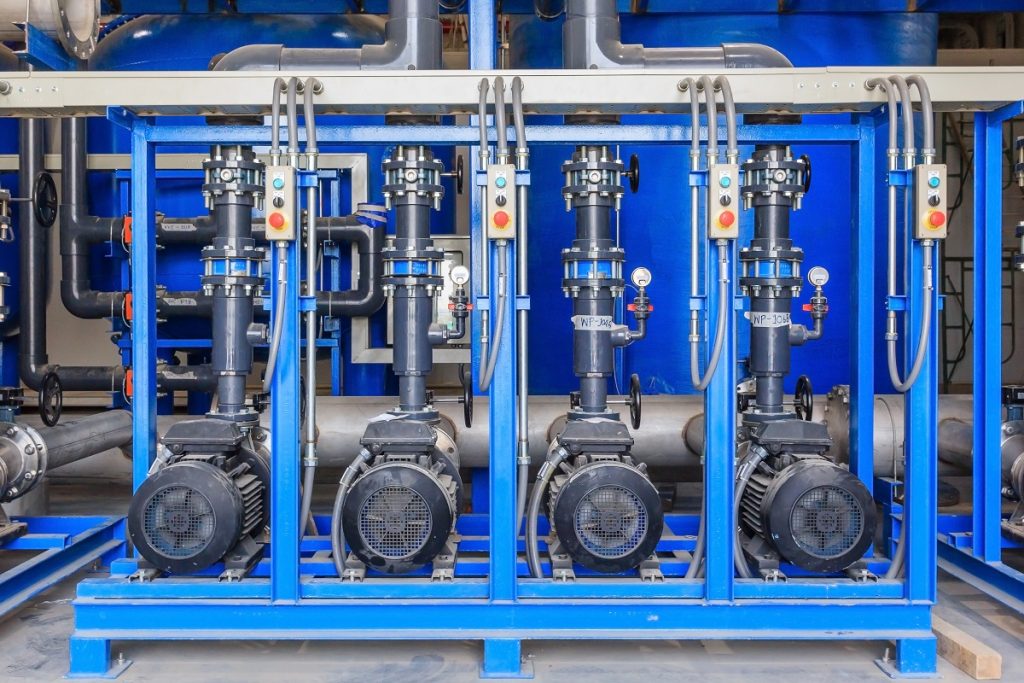The uses of pumps are many, and so are their mechanisms, designs, and ideal location. A good comparison will be the standard centrifugal pumps and the submersible ones.
What Are Centrifugal Water Pumps?
In principle, this type of pump works with the help of the centrifugal force. It is a force that allows an object in a curvilinear motion to move away from the centre. For this pump to function, it needs an impeller, which features strong rotating blades. This component is then inside the casing, where the water flows. It also has an eye, which creates low pressure to suction water and drives it inside the case.
The impeller rotates at specific but fast speeds, and this velocity will then increase the pressure to the fluids to allow it to move away and into a displacement outlet. Still, centrifugal water pumps can differ in a variety of ways. For instance, there’s the standard one, which is often a non-self-priming pump.
Priming is the process of adding liquid into the pump first before it gets into action. The primary objective is to remove the air present in the casing, which can prevent fluids from moving out of the system. Another type is the submersible pump.
What Is a Submersible Pump?
Some people do not consider submersibles such as the Tsurumi pumps in Australia as centrifugal pumps. This is because of their location.
Centrifugal pumps are designed for on-the-ground installation. The submersible ones, on the other hand, are ideal in places with water. For example, one can submerge this inside a tank or place inside the well. They also work with the help of an electric motor, and to prevent it from short-circuiting, the pumps feature a closed seal that prevents water from entering.
The way the water flows can also be different. Inside these pumps, fluids move in different levels. Submersible pumps, though, can still be centrifugal in the sense they contain impellers. In fact, they can have more than three to help move the water to different stages and on a much higher area or ground.
Which One Should You Use?
 It depends on the type of work. For example, when dewatering is necessary, such as in a mining pit or construction, the submersible pump is ideal. It might also be a better choice in places that tend to have a harsher environment.
It depends on the type of work. For example, when dewatering is necessary, such as in a mining pit or construction, the submersible pump is ideal. It might also be a better choice in places that tend to have a harsher environment.
Because of the location of the standard centrifugal pump, it is exposed to different kinds of elements. These can include rain, snow and heat. There’s also the risk of air entering into the system, which can stop the operations.
It doesn’t mean that the submersible pump is a perfect system. This device tends to have a longer service life because of its seal, but even this can corrode over time. When it does, it can cause the motor to fail. It might also fail to handle very high temperatures of water, as well as abrasives such as sand. In the end, it all boils down to knowing the factors that matter to execute the goal.